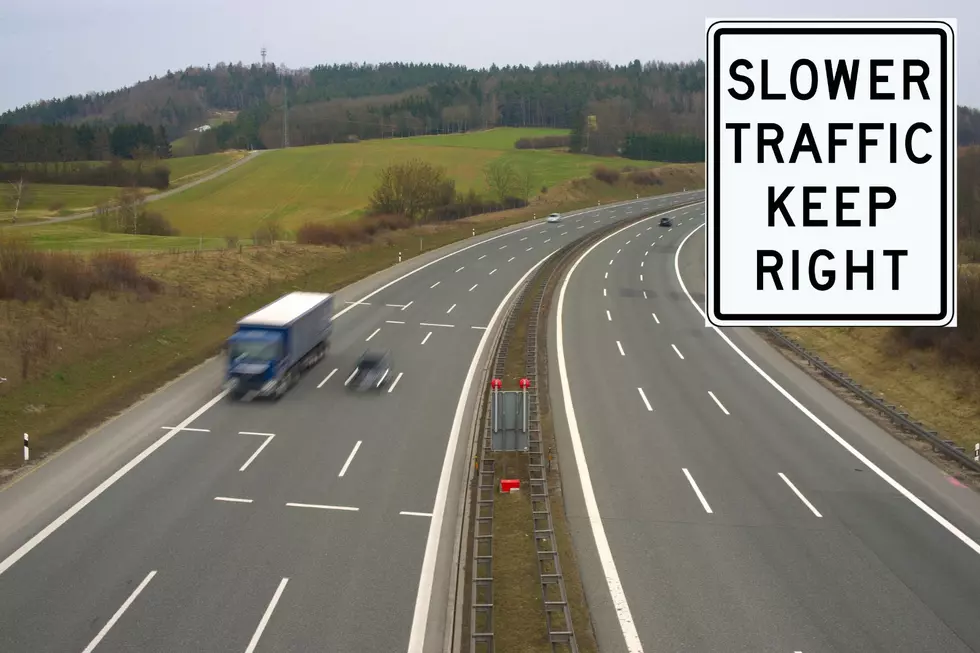
Crash! Bam! Alakazam! Rear End Accidents Are No. 1 in So. Utah
If you're an experienced driver (been driving for more than a decade), there's about a 95 percent chance you've been rear-ended while driving at some point in your life.
The dreaded rear-ender is all too common, even right here in Southern Utah.
Experts say there are three big types of rear-enders.
- The rear driver rolled forward at a low rate of speed into the front driver’s car (usually at a stop light, a stop sign or in heavy traffic).
- The at-fault party was driving at a high rate of speed and crashed into a driver who was completely stopped (like when a car is in the shoulder on a highway)
- The rear driver was traveling faster than the front driver and the two vehicles collided while they were both in motion (most common in "stop-and-go" heavy traffic).
The St. George Police Department issued a statement noting that the frequency of rear-end collisions is alarming and that oft times drivers don't take into account the time it takes to stop a vehicle.
- Perception distance is the distance the vehicle travels during perception time (from the moment the event occurs -- such as when the brake lights ahead come on — until the driver sees it and becomes aware of the danger).
- Reaction distance is the distance the vehicle travels while the driver is moving his or her foot from the accelerator to the brake.
- Braking distance is the distance the vehicle travels from the time the brake is applied until the vehicle stops.
"A good rule of thumb is to keep a 3-second following distance, giving you time to react and avoid potentially dangerous situations." -- SGPD
Roughly 1.7 million rear-end collisions take place in the United States each year. Of these nearly two million accidents, about 1,700 people die and another 500,000 are injured in the crashes.
Police say the main causes are:
- Distracted driving
- Aggressive driving
- Hazardous weather conditions
- Drunk driving
- Driver fatigue
According to the carwreckdoctor.com, the most common injuries from rear-enders are:
- Whiplash and Neck Injuries
- Back Injuries
- Wrist and Arm Injuries
- Concussions and Head Injuries
- Broken Bones and Fractured Ribs
Wearing a seatbelt can save lives in these types of accidents.
LOOK: Here are the states where you are most likely to hit an animal
Gallery Credit: Dom DiFurio & Jacob Osborn
LOOK: 20 American foods that raise eyebrows outside of the US
Gallery Credit: Charlotte Barnett
More From KDXU 890 & 92.5









